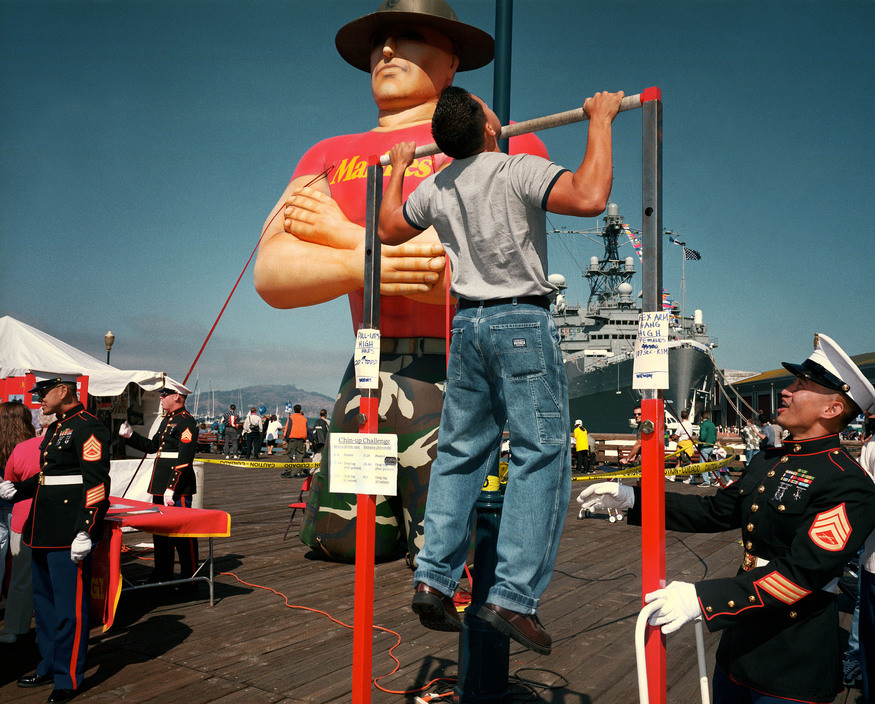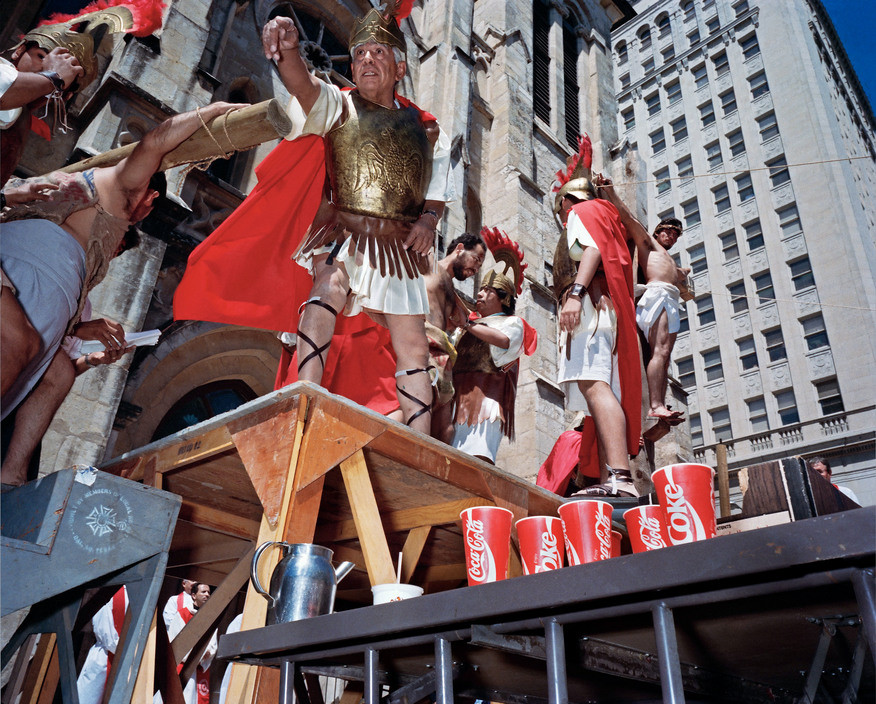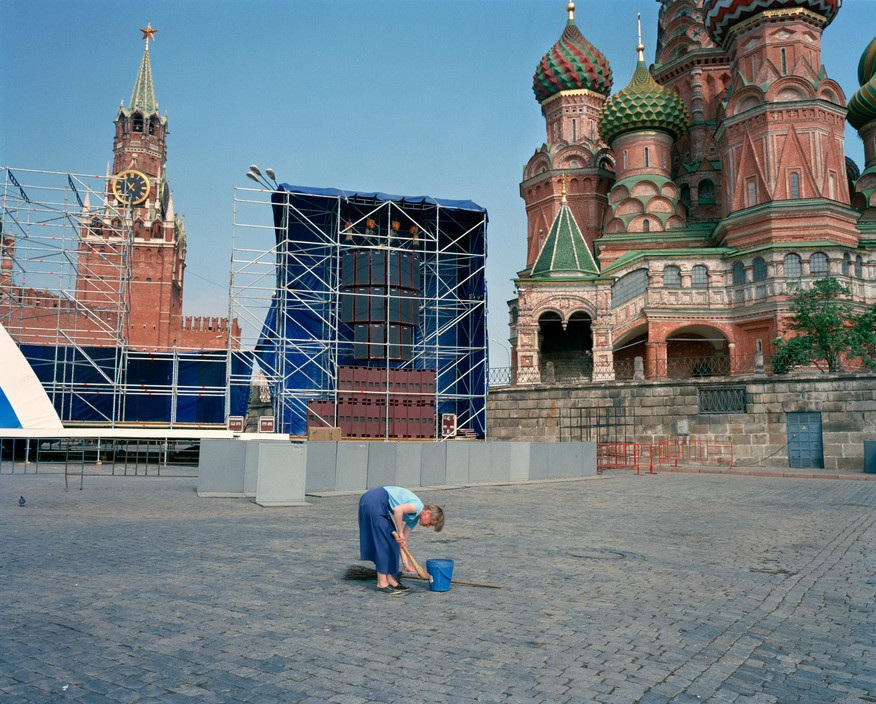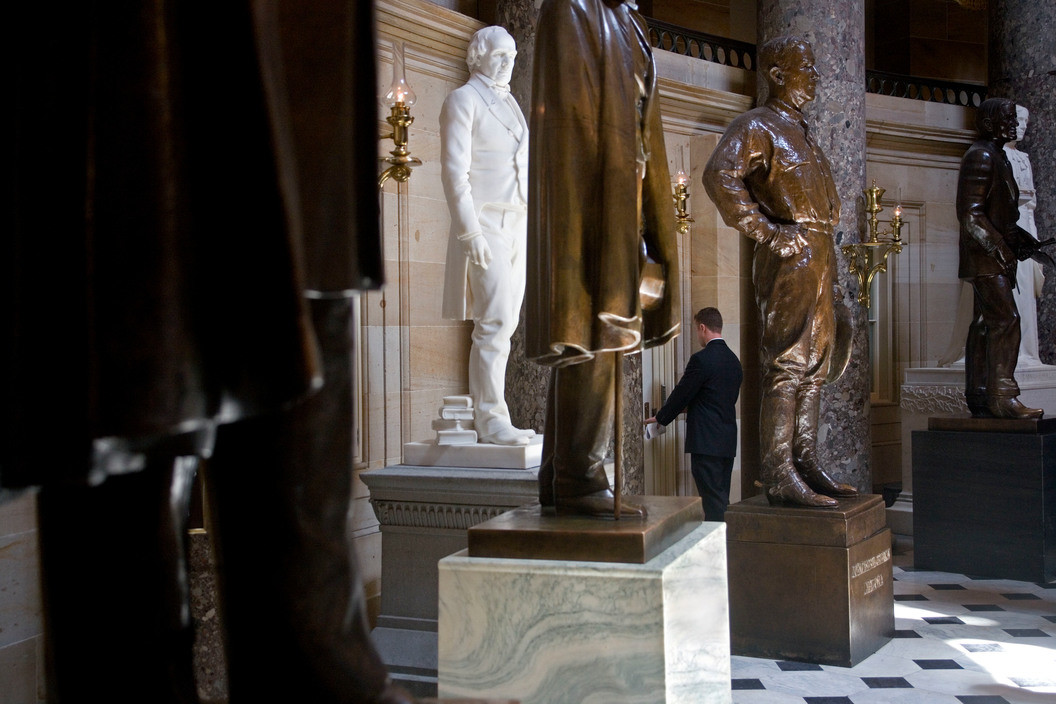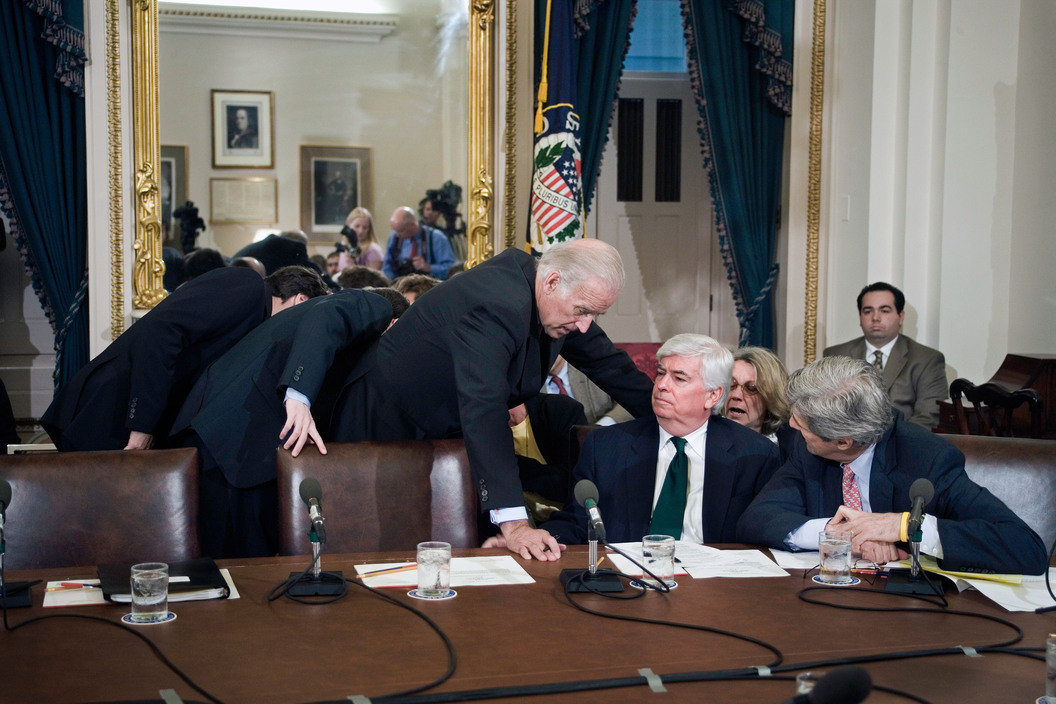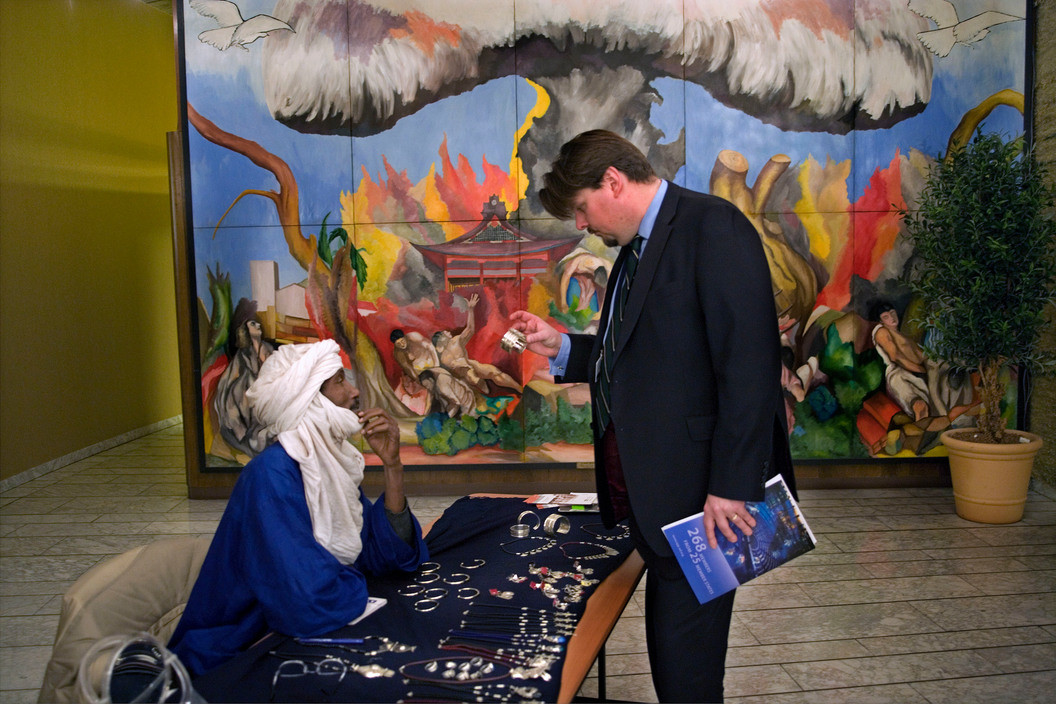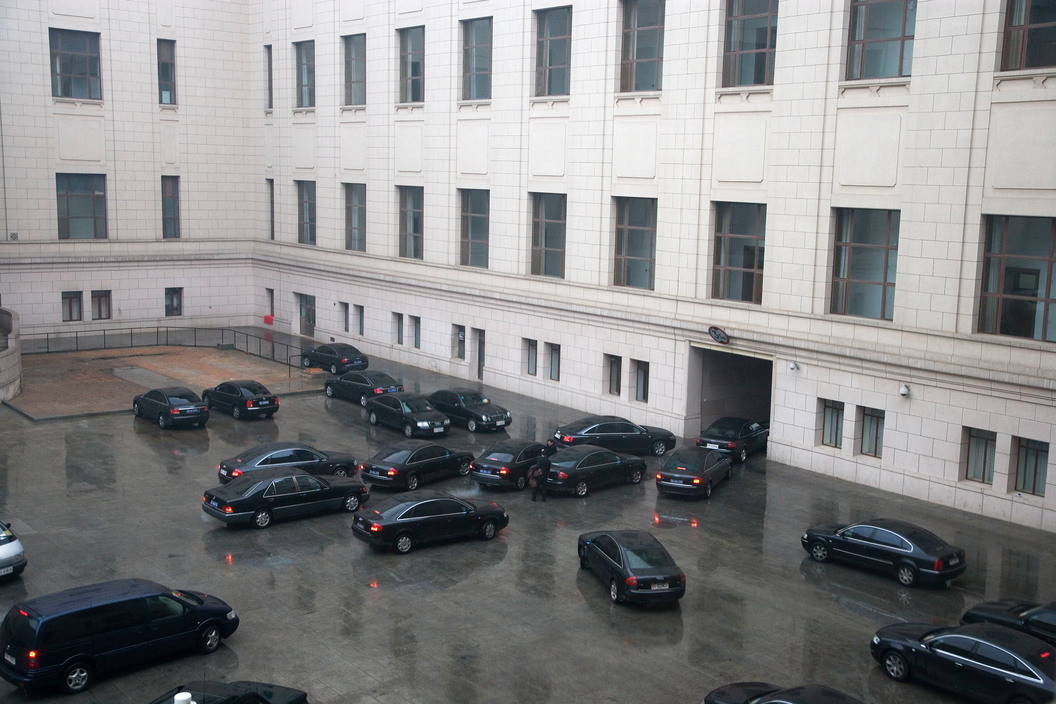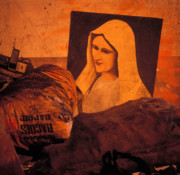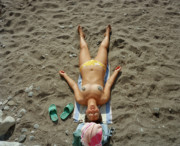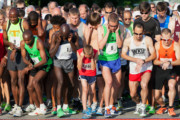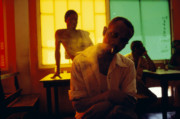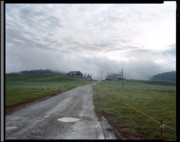Carl de Keyzer’s Trinity
Belgian photographer Carl de Keyzer's explores the theme of world power inspired by the history of classical painting
Carl de Keyzer’s photography project on world power is inspired by the history of classical painting. Each part refers to a painting by its subject and format and tries to explore in a conceptual way the mechanisms of power and history.
Most things come in three. A trinity structure has occurred during many reigns, empires, and organized religion: 1. The leaders or gods, 2. the army or avenging creatures and 3. the people or representatives.
Figurative painting or drawing was, for a long time, the source for historical reflection and reporting. Format, color, glorification, imposing frames, mise en scène were elements of persuasion to create an overwhelming feeling of history and testimony.
"By going back to the idea of one large image representing a situation I try to reintroduce the element of time in dealing with images of reality
"
- Carl De Keyzer
Now, television and printed media have taken over this concept. 30 images per second and millions of pictures per day determine and influence in a direct or indirect way the global opinion and give a thin notion of reality and opinion. World leaders like CNN are the perfect example.


